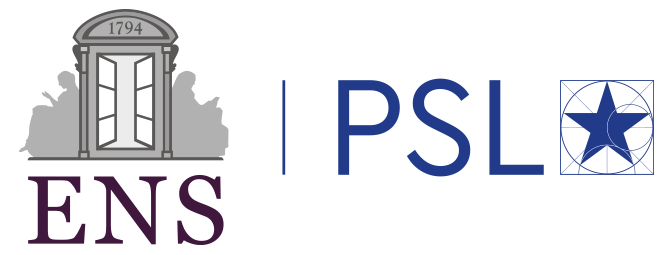Domaines
Biophysics
Nonequilibrium statistical physics
Physics of living systems
Non-equilibrium Statistical Physics
Type of internship
Théorique, numérique Description
The adaptive immune system relies on T lymphocytes to detect and eliminate infected or cancerous cells. A T-cell recognizes a molecular signal on the surface of another cell and becomes activated, switching on a response program leading to division or target killing. A crucial early step is spreading over the presenting cell to create a broad contact zone. The geometry and mechanics of this spreading strongly influence activation, which in turn feeds back on spreading. Spreading is a hallmark of T-cell activation and can lead to formation of the immune synapse.
Here we will combine tools from statistical physics (nucleation, segregation, phase transitions) and soft matter (fluid-like spreading, wetting analogies) to gain novel insight into the physical coupling between spreading and activation. We will aim to develop a minimal theoretical framework linking early nucleation of TCR-rich domains to the long-time, fluid-like spreading of the T-cell footprint. Key questions include how spreading and activation couple at different timescales, how receptor size and binding energetics control segregation, and which parameters govern transitions from transient contacts to stable synapses. Deliverables include scaling laws for contact growth 𝑅(𝑡), predicted nucleation thresholds, and segregation phase diagrams, to be compared with experimental data from consortium partners.
Contact
Thomas Risler
